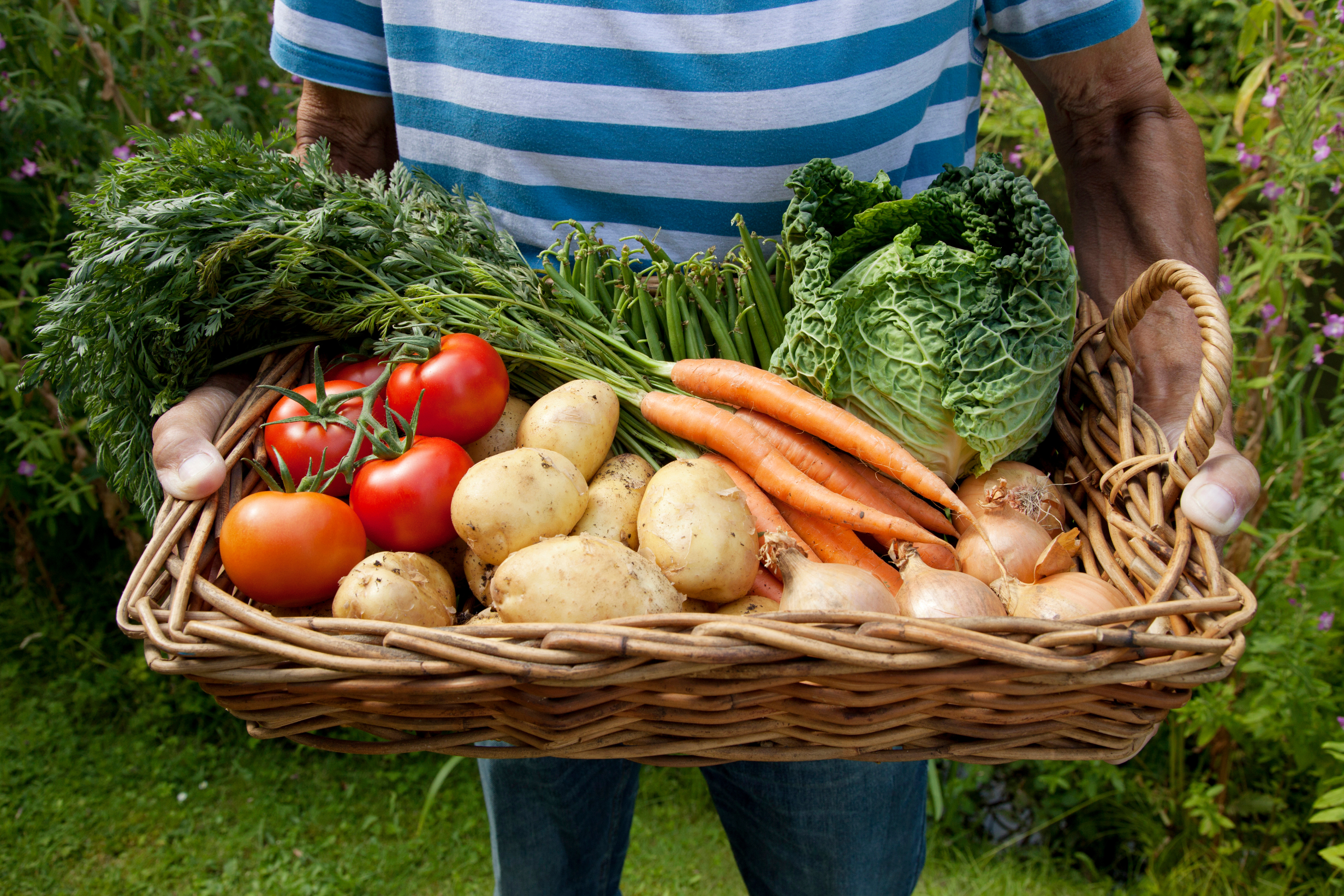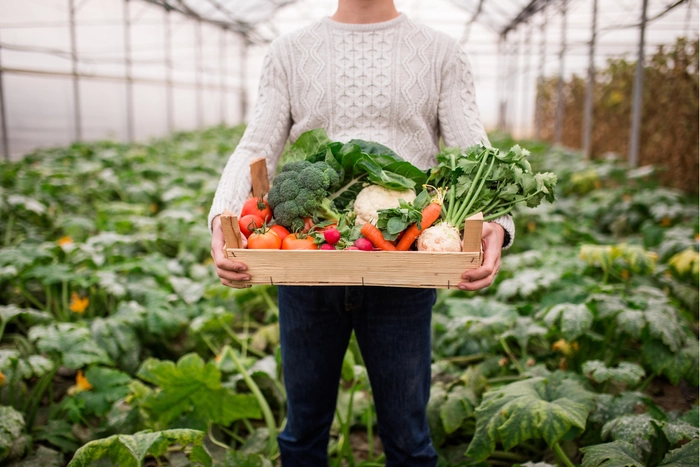Introduction:
Imagine stepping into your garden and being greeted not only by a riot of colours and textures but also by the tantalizing aroma of fresh herbs, the juicy sweetness of ripe berries, and the crisp crunch of homegrown vegetables. With edible landscaping, you can transform your outdoor space into a bountiful paradise that not only delights the eye but also nourishes the body and soul. In this guide, we'll explore the concept of edible landscaping and offer tips for growing your own fruits, vegetables, and herbs in a beautiful and sustainable garden setting.
The Benefits of Edible Landscaping:
Edible landscaping offers a host of benefits for both gardeners and the environment:
-
Fresh, Nutritious Produce: Growing your own fruits, vegetables, and herbs allows you to enjoy the freshest, most nutritious produce right from your garden, free from pesticides and chemicals.
-
Environmental Sustainability: By cultivating edible plants in your landscape, you reduce your carbon footprint by minimizing the need for transportation and packaging associated with store-bought produce.
-
Beauty and Functionality: Edible plants can be just as beautiful as ornamental plants, adding colour, texture, and seasonal interest to your landscape while also providing food for you and your family.
-
Connection to Nature: Tending to a garden fosters a deeper connection to nature and the seasons, allowing you to experience the joy of growing and harvesting your own food.
Designing Your Edible Landscape:
When designing an edible landscape, consider the following factors:
-
Sunlight: Most edible plants require at least six hours of sunlight per day, so choose a location in your garden that receives adequate sunlight for optimal plant growth and productivity.
-
Soil Quality: Invest in soil testing to determine the pH and nutrient levels of your soil, and amend as needed to create a fertile, well-draining growing environment for your edible plants.
-
Water Access: Ensure that your edible garden has access to water, either through irrigation systems, rainwater harvesting, or regular watering, to keep plants hydrated and healthy.
-
Plant Selection: Choose a mix of fruits, vegetables, and herbs that are well-suited to your climate, soil, and growing conditions, focusing on varieties that are disease-resistant, productive, and flavorful.
Popular Edible Plants for Landscaping:
-
Fruit Trees: Fruit trees such as apple, pear, cherry, peach, and plum provide shade, beauty, and a bountiful harvest of delicious fruits in the summer and fall.
-
Berry Bushes: Berry bushes such as blueberry, raspberry, blackberry, and strawberry add colour and texture to the landscape while providing a steady supply of sweet, juicy berries throughout the growing season.
-
Herb Gardens: Herb gardens are perfect for adding fragrance, flavor, and culinary versatility to your landscape. Plant herbs such as basil, thyme, rosemary, parsley, and mint in containers, raised beds, or mixed borders for easy access and visual appeal.
-
Vegetable Beds: Raised vegetable beds or container gardens are ideal for growing a variety of vegetables such as tomatoes, peppers, lettuce, cucumbers, zucchini, and carrots. Mix and match different vegetable varieties for a diverse and productive garden.
-
Edible Flowers: Edible flowers such as nasturtiums, calendula, pansies, and violets not only add beauty to the landscape but also make delightful additions to salads, desserts, and beverages.
Maintaining Your Edible Landscape:
To keep your edible landscape thriving, follow these maintenance tips:
-
Regular Watering: Water your edible plants deeply and consistently, especially during hot weather or dry spells, to ensure adequate hydration and plant health.
-
Mulching: Apply a layer of organic mulch such as straw, wood chips, or compost around your edible plants to suppress weeds, conserve moisture, and improve soil fertility.
-
Pruning and Harvesting: Prune fruit trees and berry bushes as needed to promote airflow and fruit production, and harvest fruits, vegetables, and herbs regularly to encourage continuous growth and productivity.
-
Pest and Disease Management: Monitor your edible plants for signs of pests or diseases, and take appropriate measures such as handpicking pests, using organic pest controls, or practicing crop rotation to prevent problems and maintain plant health.
-
Soil Care: Maintain soil fertility by incorporating compost, organic matter, and natural fertilizers into your garden beds, and practice crop rotation to prevent nutrient depletion and soil-borne diseases.
Conclusion:
Edible landscaping offers a delicious and sustainable way to beautify your outdoor space while also providing fresh, nutritious produce for you and your family to enjoy. By incorporating fruits, vegetables, herbs, and edible flowers into your landscape design, you can create a garden that is as beautiful as it is functional, nourishing both body and soul with the bounty of nature.
Whether you have a sprawling backyard or a compact balcony, there are endless possibilities for designing and cultivating an edible landscape that reflects your personal style, tastes, and values. So, roll up your sleeves, dig in the dirt, and let the magic of edible gardening transform your outdoor space into a thriving oasis of beauty and abundance.
Happy gardening!

